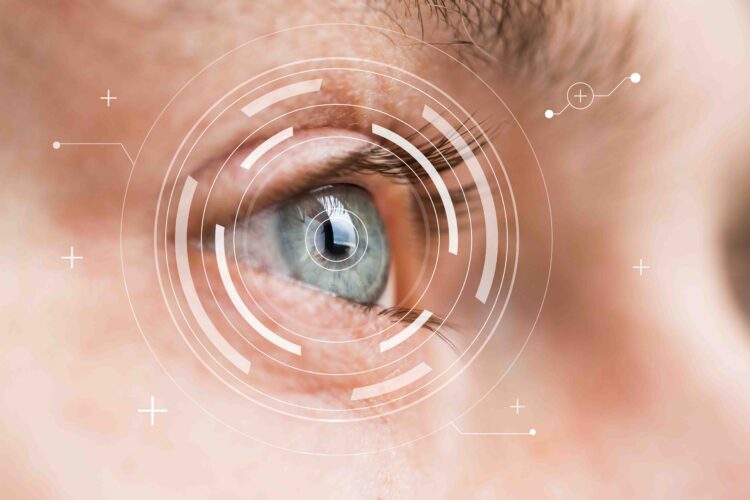Opinion
Can attention be both the “North Star to effectiveness” but also “really not how advertising works”?
In January Mike Follett of Lumen Research declared 2022 to be the Year of Attention, here in The Media Leader, which was no surprise. Media owners are investing in research and clients are asking lots of questions about it.
So, as a strategist, I’ve spent a lot of time recently immersing myself in the topic and discussing with my colleagues. It soon became clear that despite all this focus, there isn’t a clear agreement on how much it matters and when.
This is important: there is often a rush to optimise campaigns to new metrics, and there is a risk this could happen around an issue where consensus isn’t fully settled.
There are two main schools of thought:
Professor Karen Nelson-Field of Amplified Intelligence, one of the world-renowned experts in the field of attention, last year described attention as the “North Star to ad effectiveness” in her column here on The Media Leader.
However there is an opposing point of view, I think best summed up by legendary strategist Craig Mawdsley, in a recent blog post: “It has all proven that this is really not how advertising works. The main thing advertising does is to reinforce long-term brand associations. This doesn’t happen when people pay active attention… they happen when people aren’t really paying attention.”
Can both points be true at the same time? Both the “north star to effectiveness” and “really not how advertising works”?
Attention and the brain
At MediaCom our point of view is that they are both right – but in different ways.
The role of attention, and active attention in particular, varies depending on a campaign’s objectives, and for a reason that goes back to the basics of human psychology.
In Daniel Kahneman’s Thinking Fast & Slow, he sets up the dichotomy of the brain’s modes of thought. System 1 is fast, intuitive, instinctive – and crucially largely unconscious. System 2 is slow, logical, takes time and energy – and is very conscious. It is estimated that most of the time the brain processes signals in System 1, with just 5% of mental activity devoted to conscious processing.
So, what does that mean for attention?
For much established brand advertising, where maintaining mental availability is important, we think it works in the manner described by Mawdsley. Brand advertising works by reinforcing long-term brand associations, and active attention really isn’t necessary for that.
It shows why the type of ‘distinctive assets” talked about by Professor Byron Sharp in How Brands Grow are so important – distinctive, ownable brand assets like colours, logos, brand lines and sonic triggers – that are the type of stimulus more likely to be processed in a less conscious, System 1-type way.
For these types of campaigns, paying extra for the formats and channels with the highest active attention isn’t necessary. In fact, the relative extra impact of active attention over passive attention is relatively slight, and there is even evidence that ‘zero’ attention can still have an impact: someone looking away from the screen but processing some form of familiar sonic trigger would be seen as paying no attention, but we know still works for System 1-type processing.
Attention really matters for rational consideration and conversion
But for many other types of campaigns that require some form of rational response – such as launching a new brand or variant; where there is a clear new offer you want people to know about; where you want people to take a clear and immediate action; or trying to find people in market deciding what to do – that’s when you need to appeal to the sparse resources of System 2 thought.
 Geoff de Burca
Geoff de Burca
That’s where attention can be the superpower that helps you cut through in the ‘messy middle’. These are the campaign objectives where you need to optimize your plan to the channels, formats and contexts that have higher attention, and applying the learnings from Lumen, Amplified Intelligence and others. We’ve seen that optimising these types of campaigns to attention drives better short-term outcomes.
Attention matters – sometimes
So, in summary – attention does matter, and it’s important to optimise towards it for campaigns that have a clear rational message or short-term outcome. But it doesn’t matter for every campaign – for campaigns that are primarily about brand metrics such as mental availability, focus on getting your distinctive assets right and let your System 1 mode do its work.
Geoff De Burca is chief strategy officer at MediaCom UK
Strategy Leaders: The Media Leader‘s weekly bulletin with thought leadership, news and analysis dedicated to excellence in commercial media strategy.
Sign up for free to ensure you stay up to date every Tuesday.






 Geoff de Burca
Geoff de Burca